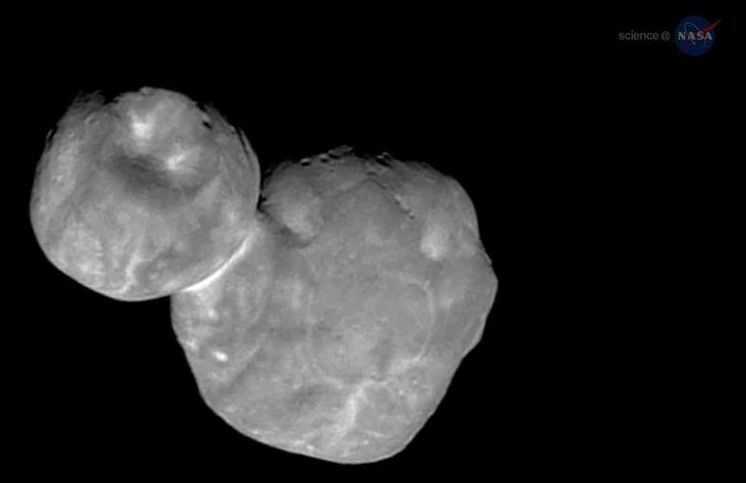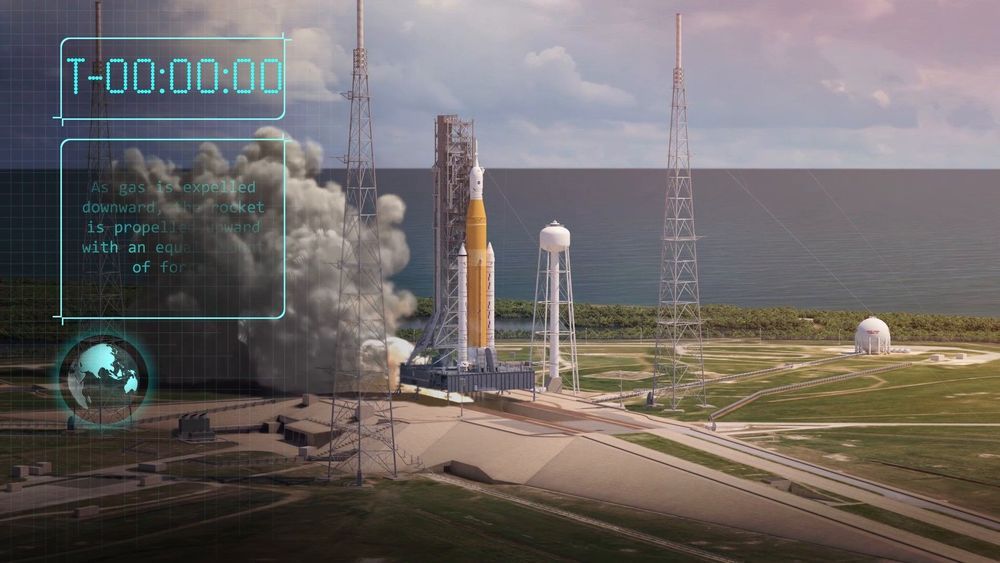Jul 8, 2019
NASA ScienceCasts: Watch the History of our Solar System Fly
Posted by Alberto Lao in category: space
Scientists are unlocking clues about the earliest formation of our solar system from a Kuiper Belt Object known as 2014 MU69.

Scientists are unlocking clues about the earliest formation of our solar system from a Kuiper Belt Object known as 2014 MU69.
This article was originally an answer to a member of Quora, a Q&A site in which I am a cryptocurrency columnist. The reader is a “Bitcoin beginner”. If you understand the nature and purpose of a blockchain, the political leanings of Satoshi or the economics of a capped cryptocurrency, then this reviews things that you already know. But sometimes, a recap can be fun. It helps ensure that we are all on the same page…
In a previous post, we have already addressed a fundamental question:
 It has nothing to do with how many individuals can own bitcoin or its useful applications. It simply means that—if widely adopted as a payment instrument or as cash itself—the number of total units is capped at 21 million. But each unit can subdivided into very tiny pieces, and we can even give the tiny pieces a new name (like femto-btc or Satoshis). It is only the originally named unit (the BTC) that is capped.
It has nothing to do with how many individuals can own bitcoin or its useful applications. It simply means that—if widely adopted as a payment instrument or as cash itself—the number of total units is capped at 21 million. But each unit can subdivided into very tiny pieces, and we can even give the tiny pieces a new name (like femto-btc or Satoshis). It is only the originally named unit (the BTC) that is capped.
But, this article addresses a more primitive question. (Actually, it is a naïve question, but this adjective has a negative connotation, which is not intended). I interpret the question to be: What prevents me from creating, earning or being awarded an amount that brings the total circulation above 21 million BTC?
Continue reading “Why is it impossible to create more Bitcoin?” »
Tags: bitcoin, debt payment, deflationary, zimbabwe

We’re preparing for the launch of our first #Artemis mission to the Moon. Get a preview of the launch countdown and see how NASA’s Space Launch System will send NASA’s Orion Spacecraft to lunar orbit: https://go.nasa.gov/2NH0HAA

The quantum computing revolution is upon us.
Establish a foundation of knowledge for understanding quantum computing with this two-course online program. Starts October 7th, 2019.
Imagine a world where everything is exactly the same as this one but no one knows of its existence, even though it could be staring you right in the face. These are called mirror universes — a parallel world in a different time space. While this prospect may seem a bit fetched to many, Leah Broussard believes that these parallel universes are actually very real. In fact, she, along with her colleagues at Oak Ridge National Laboratory in Tennessee, is on the hunt for a mirror universe and plans on opening portals to them.
Broussard is attempting to open a portal to a parallel universe by, what she calls “oscillation” which would eventually lead her to mirror matter. To conduct these experiments during the upcoming summer, Broussard will send a beam of subatomic particles down a 50-foot tunnel, past a powerful magnet, and into an impenetrable wall.
So what’s the point of that? Well, if the setup is just right, some of those particles will transform into mirror-image versions of themselves, allowing them to tunnel right through the wall. If it works, this would be the first proof of a mirror universe. The whole experiment will only take around a day but analyzing the data will take many weeks afterward. Either way, it won’t be long before the results are published.
About ScienceDirect
We use cookies to help provide and enhance our service and tailor content and ads. By continuing you agree to the use of cookies.
Copyright © 2019 Elsevier B.V. or its licensors or contributors. ScienceDirect ® is a registered trademark of Elsevier B.V.

A Chinese admiral reveals that China has mastered a new and silent electrical propulsion system for submarines.
We teamed up with the folks behind BBC World Service’s CrowdScience to answer your questions on one topic — this week it’s all about living underwater.
[Tom Clancy]’s The Hunt For Red October is a riveting tale of a high-level Soviet defector, a cunning young intelligence analyst, a chase across the North Atlantic, and a new submarine powered by a secret stealth ‘caterpillar’ drive. Of course there weren’t a whole lot of technical details in the book, but the basic idea of this propulsion system was a magnetohydrodynamic drive. Put salt water in a tube, wrap a coil of wire around the tube, run some current through the wire, and the water spits out the back. Yes, this is a real propulsion system, and there was a prototype ferry in Japan that used the technology, but really the whole idea of a caterpillar drive is just a weird footnote in the history of propulsion.
This project for the Hackaday Prize is probably the closest we’re going to see to a caterpillar drive, and it can do it on a small remote-controlled boat. Instead of forcing water out of the back of a tube with the help of magic pixies, it’s doing it with a piston. It’s a drive for a solar boat race, and if you look at the cutaway view, it does, indeed, look like a caterpillar.
Instead of pushing water through a tube by pushing water through a magnetic field, this drive system is something like a linear motor, moving a piston back and forth. The piston contains a valve, and when the piston moves one way, it sucks water in. When the piston moves in the opposite direction, it pushes water out.
As swimmers know, moving cleanly through the water can be a problem due o the huge amounts of drag created — and for submarines, this is even more of a problem.
However, US Navy funded researchers say they have a simple solution — a bubble.
Researchers at Penn State Applied Research Laboratory are developing a new system using a technique called supercavitation.
